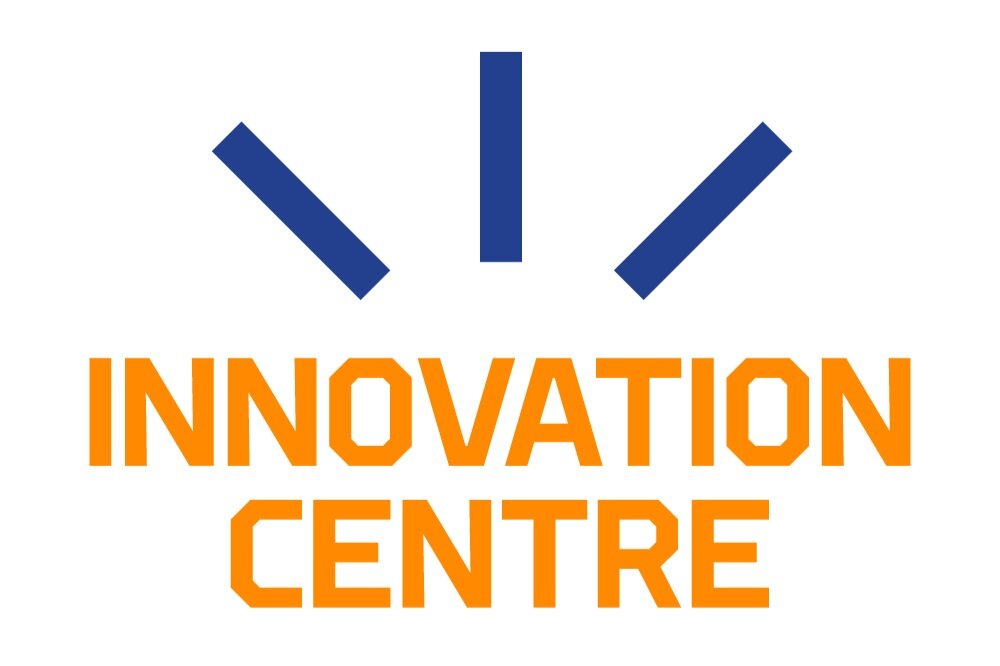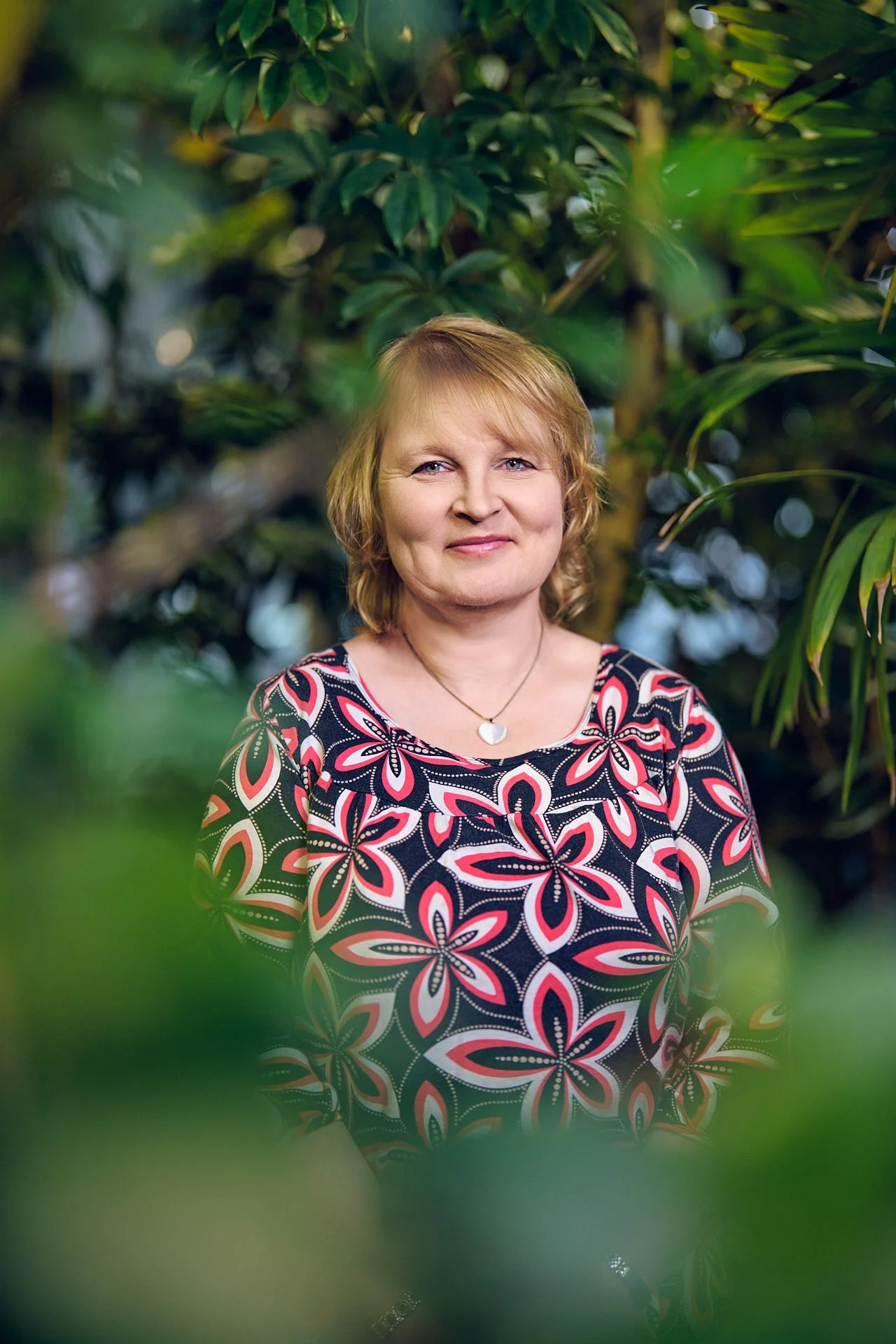Get to know copyright part 1 — what and whose IPR?
Researcher, teacher, student: do you know how to use different materials in your teaching and research? When do you need permission and what does a Kopiosto’s copy licence allow you to do? And who owns IPR’s in universities?
These questions were addressed at the Innovation Centre's Get to know copyright training, with expert presentations and illustrative group work. The trainers were Kirsi Salmela, Head of Legal at Kopiosto ry and Maarit Jokela, IPR expert at the Innovation Centre. If you couldn't make it to the course, don't worry! In this blog post and its sequel, we summarise the main takeaway from the course.
What is IPR?
What is IPR and what can it protect? Intellectual property rights (IPRs) are built not only on national law but also on international treaties. IPRs protect the author of a literary or artistic work by giving the author the legal right to decide or prohibit the use of their work. However, copyright law also allows for the use of other works, for example, through different types of licences.
For example, copyright protects literary works such as books, newspaper articles, teaching materials and research reports. It also protects musical compositions, choreographies, plays, films, photographs and other visual art, as well as maps and computer programs. To qualify for protection, the so-called "threshold of originality" must be exceeded. There are no clear criteria for this, but it is assessed on a case-by-case basis. In short, the work must have an originality that reflects the unique, personal choices of its author. Ideas, principles, knowledge and themes can’t be copyrighted: anyone can write a book or paint a painting on the same topic as someone else.
A work of art is automatically protected by copyright when it is created, so there is no need to register or apply. The protection lasts for 70 years from the end of the year of the author's death.
Rights related to copyright also protect some works that are not original but have required considerable effort to create. For example, a performing artist is protected for a performance of a work and a producer of sound and image recordings is protected for a recording. The content of the protection is almost identical to copyright protection, but the term of protection is shorter, generally 50 years.
What kind of educational content can be protected and who owns it?
Teachers can obtain copyright protection for their teaching and training material by creating the material themselves, or by combining content created by others into a compilation. Again, the material must be the result of the teacher's original creative choices to be protected. This originality may be reflected, for example, in the order and manner of presentation or in other choices.
A set of tasks may also be eligible for the protection related to a catalogue or database. For example, a math textbook, a task paper, a website or a similar collection of tasks can be protected. Catalogue protection requires a combination of large amounts of information, while database protection requires a significant effort to collect, verify or present the content. The protection is not directed at the individual items of information contained in the catalogue or database, but at the whole set. It is also worth remembering that if the catalogue or database is created in the context of an employment or service relationship, the rights belong to the employer.
Unlike the catalogue and database protection, copyright in material created by a teacher or student does not automatically pass to the employer or the university. In principle, copyright belongs to the author. The employer can obtain rights to material made by the teacher or student by agreement. However, the employer has the right to use the employee's work to the extent necessary for its normal activities, provided that the work was part of the employee's duties. What was agreed is what matters.
Transfer of copyright
In some situations, the copyright owner may wish to transfer their rights to another person or entity. This is also possible by separate agreement. There are no formal requirements for such an agreement, it can be made in writing or orally in any way the parties wish. However, the party who uses someone else’s content is responsible for proving the existence of an agreement.
The scope of the transfer should be agreed in the contract. What rights are transferred and to whom? Does the author retain any co-exclusive or other rights to their work? Will the sub-licensing rights be transferred? These are some of the questions to consider when transferring rights, since, for example, the editing right is not automatically transferred if it has not been expressly agreed.
Copyright can be transferred either in entirety, in part, or under a licence. In case the rights are transferred in entirety, the assignee becomes the copyright holder, and the author can no longer use the work themself or transfer rights to others. In a partial transfer, the author transfers only part of their economic rights and the remaining rights are retained by the author. In the case of a licence, the licensee obtains the right to use the work in an agreed way, for example on a territorially limited basis.
The moral rights of an author are intended to protect the author's unique relationship with their work and cannot be transferred in their entirety. These rights prohibit the new owner of the copyright from using the work in an offensive way.
To achieve the best results in the use of other people's works, we need knowledge, understanding and a good attitude — respecting your own rights and those of others, and appreciating the work done. For more information on IPR, keep an eye on our upcoming training courses or contact our expert:
Maarit Jokela
Innovation and IPR Professional
maarit.jokela@oulu.fi
+358294488066
This blog post series is based on course materials by Kirsi Salmela and Maarit Jokela.



